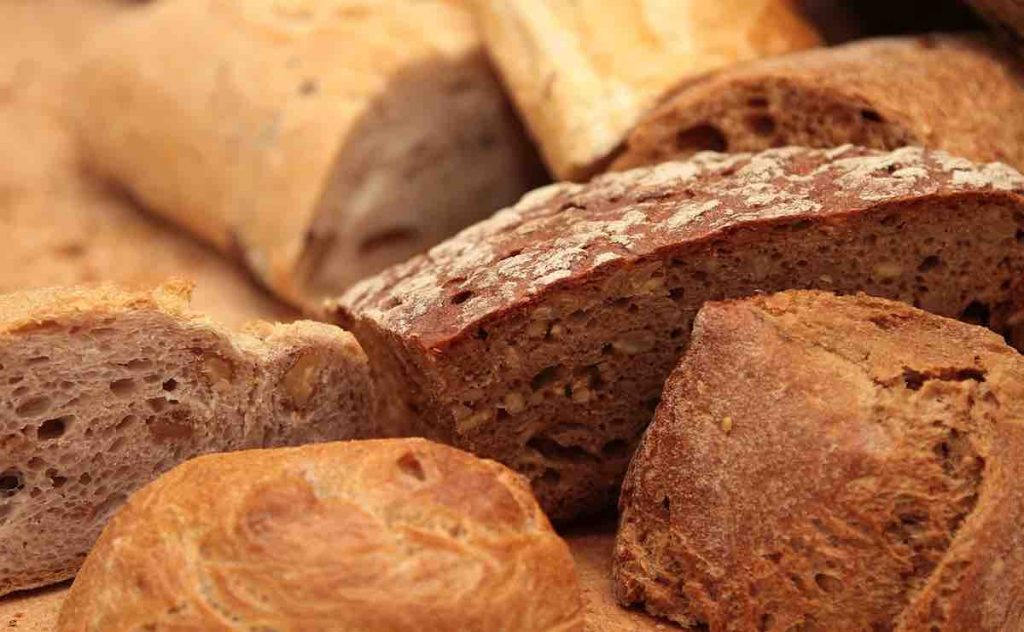
Scientists have discovered that pairing wheat with a special soil fungus can significantly enhance its nutritional value.
This partnership leads to bigger grains that are richer in zinc and phosphorus without increasing anti-nutrients that block absorption.
As a result, the wheat becomes a healthier option for human diets. Researchers believe this fungal strategy could offer a natural, sustainable way to fortify global crops with essential nutrients.
Humans have been fortifying crops for around 100 years, attempting to address deficiencies in key nutrients by putting synthetic versions inside staple foods like flour.
A major criticism of fortification is that nutrients added to foods may not have any bioavailability at all. Skim milk fortified with vitamin A and D doesn’t have the bioavailability of whole milk because vitamin A and D are fat-soluble.
When investigators grew different types of wheat with and without the tree-hugging mycorrhizal fungus Rhizophagus irregularis, they observed that those grown with fungi developed larger grains with greater amounts of the essential minerals phosphorus and zinc.
Concurrently, there was no parallel increase in phytate (a compound that can hinder absorption of zinc and iron), resulting in bread with a higher overall bioavailability of zinc and iron compared with wheat grown in the absence of fungi. There isn’t much iron at all in whole wheat bread to begin with, but this method maximizes what little there is.
“Beneficial soil fungi could be used as a sustainable option to exploit soil-derived plant nutrients. In this case, we found potential to biofortify wheat with important human micronutrients by inoculating the plants with mycorrhizal fungi,” said corresponding author Stephanie J. Watts-Williams, Ph.D., of the University of Adelaide, in Australia.
MAXIMIZING YOUR FOOD: These Superfoods Can Provide Important Nutrients With a Single Bite
Rhizophagus irregularis is a species of arbuscular mycorrhizal fungus that forms beneficial relationships with the roots of many types of plants. It helps plants take in more nutrients—especially phosphorus and micronutrients—by extending its thin, root-like structures deep into the soil.
This fungus is one of the most widely studied and used in agriculture and ecology because of its broad compatibility with crops and its ability to improve plant growth, health, and soil quality. By boosting nutrient uptake naturally, R. irregularis supports more resilient plants and reduces the need for chemical fertilizers, making it a valuable tool in sustainable farming and reforestation efforts.
OTHER FOOD FOCUSED STORIES: Cruelty-free Way of Making Duck Foie Gras Devised by Scientist: ‘It was always a dream’
Perhaps a better way to think of adding R. irregularis to wheat is as a method of preparation rather than fortification, reminiscent to the ages-old methods of preparing grains and legumes for optimal human consumption like sprouting or fermentation.
The study was published in the journal Plants, People, Planet.
SPROUT Some Positivity On Your Friends’ Social Media Feeds With This Story…
